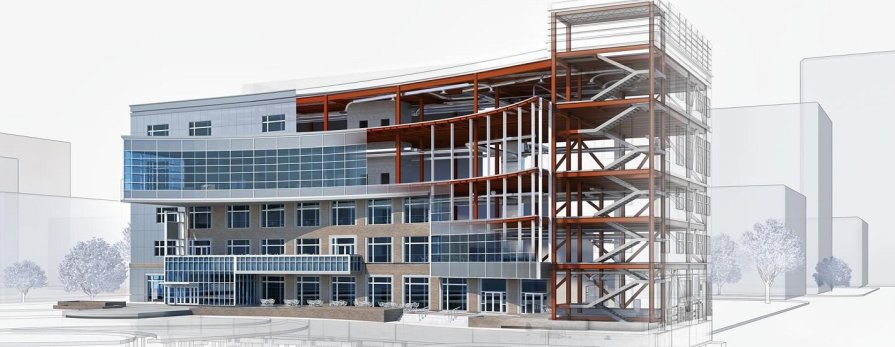Let children creative and make a different
Let children creative and make a different

Androbim's Revit structural services ensure high quality, cost-effectiveness and quick TAT. With our support the contractors and structural engineers can work towards achieving greater coordination in Revit.
Most especially, the structural engineers can take benefit of structural analytical model improvement and intensified support for structural aspect. By leveraging on Revit structural services clients can avail models more quickly and thus resulting in better construction models.Best Revit Structure training institute in Hyderabad.